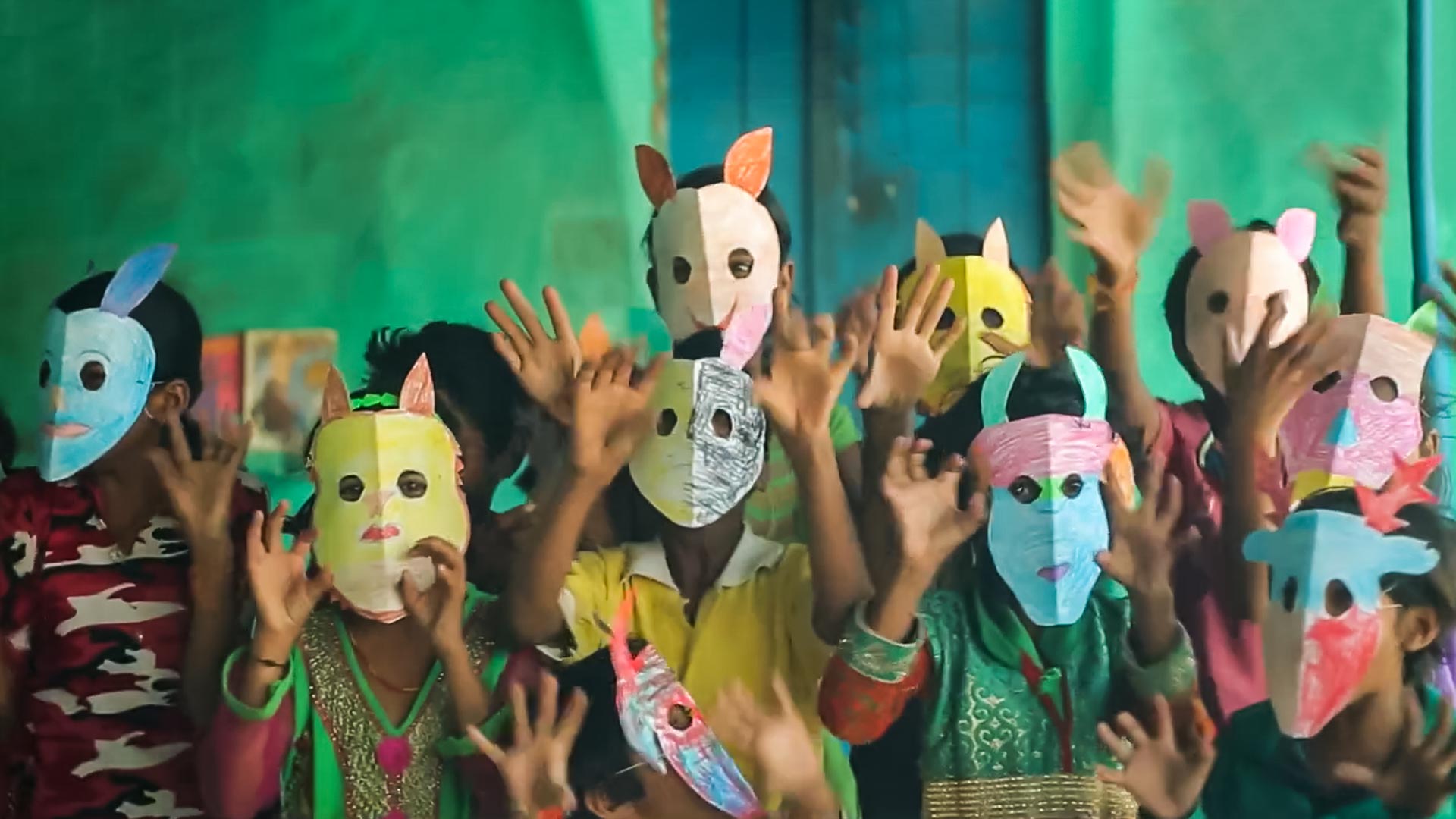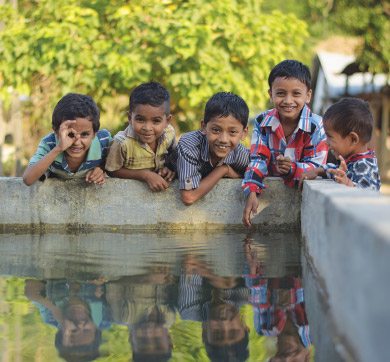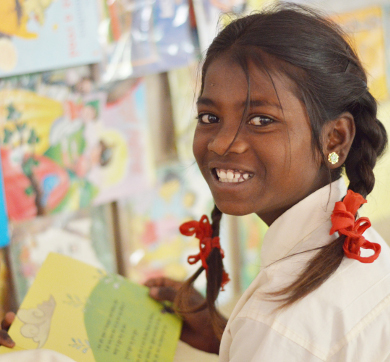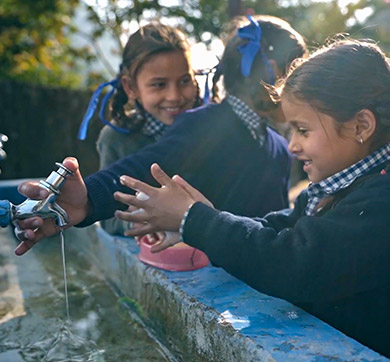March 2023 | 2964 words | 11-minute read
True to the vision of its Founder Jamsetji Nusserwanji Tata, the Tata Trusts — over the 130 years of its existence — has played, and continues to play, an important role in nation building. One of India’s oldest and largest non-sectarian philanthropic organisations, the Trusts carries out countless social uplift programmes in areas such as health, nutrition, education, water and sanitation, livelihoods and the environment, all with one core purpose — to improve the quality of life of those it touches.
It has contributed significantly to build the modern India of today by creating institutions of national significance like the Indian Institute of Science (IISC), the Tata Institute of Social Sciences (TISS) and the Tata Institute of Fundamental Research (TIFR) to name a few. Its real contribution, however, is etched in the lives of the people it serves every day through its community programmes. Kantibhai Makwana, who hails from a remote village in Gujarat, is today a lakhpati kisan largely due to the Trusts’ programmes to improve rural livelihoods; the smile on the face of 55-year-old Devibai as a water tap is installed at her doorstep in Rajasthan’s Gharat village under the Trusts’ Water Mission programme; the palpable sense of relief on Bikas Sarma’s (name changed) face from Sibsagar in Assam as he is cured of cancer; and a nutritious diet, comprising pulses, rice, egg and milk, for pregnant mothers like Sarika in Andhra Pradesh’s Guntur district have all been possible due to the Tata Trusts’ positive and ongoing initiatives in these areas. Not just this, the promise a science and technology start-up, backed by the Trusts, delivers by developing a low-cost yet high-quality MRI machine is among millions of public-spirited instances the Trusts is supporting to improve the lives of communities it serves every single day. (see ‘Towards a sustainable future’.)
The India of Jamsetji Tata’s dream was one where his countrymen lived in economic and social prosperity. His business philosophy: “In a free enterprise, the community is not just another stakeholder in business, but is in fact the very purpose of its existence,” is a living legacy even today through the actions of the Tata Trusts.
"The objectives of our philanthropy remain largely unchanged, but we are now more deeply involved on the ground with how the projects we support are implemented" - Ratan N Tata (Tata Trusts’ Annual Report 2016-17)
Holding two-thirds of the shareholding of Tata Sons, the promoter and holding company of the Tata group, the Trusts uses the wealth accrued from this asset to support social causes, thereby giving back to society, many times over, the wealth which comes from it. In 2020-21, it deployed US$136 million across its social initiatives to create irreversible change in the lives of millions of households spread over 100 districts in India.
Since its inception, the Trusts and Tata companies have been making sizeable contributions through donations and volunteering efforts to serve the changing needs of the nation. These acts of munificence differentiate the Tata group by making its growth story inclusive and earn the Tata brand the love, goodwill, trust and respect of the people of India. It’s no surprise the Tata brand continues to keep the title of India’s most valuable brand as per the Brand Finance India 100 2022 report.
130 years ago… the grand vision
It all started in the late 19th century with the grand vision of one man — Jamsetji Tata — which encompassed love for his nation and compassion for his countrymen. India under colonial rule was plagued with poverty. Jamsetji, then 50 years old, and a man with considerable wealth, which he made from trading and textiles, set his heart on making his nation his business.
Realising that agriculture alone could not bring prosperity to India and its people, Jamsetji decided to use his wealth to set up industry in India. He was immersed in the idea of making India self-reliant. The blueprint he prepared involved industrial ventures in steel and electric power, and a luxury hotel, thus setting a solid foundation for India’s future growth.
“What advances a nation, or a community is not so much to prop up its weakest and most helpless members but to lift up the best and the most gifted, so as to make them of the greatest service to the country.”
A man far ahead of his times, he knew that for Indian industries to stand on their own, technical education combined with research was the need of the hour. In his own words, “What advances a nation, or a community is not so much to prop its weakest and most helpless members but to lift up the best and the most gifted, so as to make them of the greatest service to the country.”
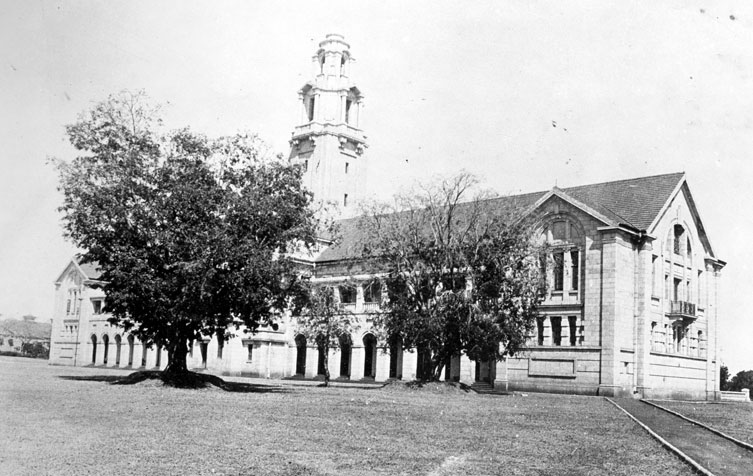
With this philosophy, which he described as ‘constructive philanthropy’, he pledged his personal wealth to establish the JN Tata Endowment in 1892. As against charity, the endowment was envisaged as a loan-scholarship to enable bright Indians to study abroad, thereby sowing the seeds of the tradition of Tata philanthropy, and that of Tata Trusts. Jamsetji’s vision gave India its own luminaries like the nuclear scientist Dr Raja Ramanna, astrophysicist Prof JV Narlikar, economist and recipient of the Padma Vibhushan Dr VKRV Rao, and former President of India KR Narayanan. And till today, after 130 years, the endowment continues its quest. Jamsetji, however, did not stop at this.
In 1898, Jamsetji pledged half of his wealth for an endowment to establish a university of science in Bengaluru. The Indian Institute of Science or IISc, India’s premier institute to promote advanced scientific and technological education and research, opened in 1911. Even today, it is amongst the world’s most premier institutions. Instrumental in nurturing India’s atomic energy and space programmes, the institute has been associated with several of India’s eminent scientists such as Nobel laureate CV Raman; recipient of the Bharat Ratna CNR Rao; founder of India’s nuclear programme, Homi J Bhabha; founder of India’s space programme, Vikram Sarabhai; and meteorologist Anna Mani, among others.
Jamsetji thus seeded selfless constructive philanthropy at a time when there were no tax benefits for such exemplary acts. The grand vision was only his. To his sons, Sir Dorabji Tata and Sir Ratan Tata, and their successors goes the credit for continuing the Tata legacy of philanthropy that he founded.
Carrying on the tradition
Inheriting not only their father’s wealth but also his passion for nation building and love for the people of India, Sir Dorabji and Sir Ratan made large grants in their lifetime and, on their death, bequeathed their fortunes in philanthropic and charitable endowments, which today hold two-thirds of the shareholding of Tata Sons.
Sir Dorabji left most of his personal wealth to the Sir Dorabji Tata Trust (SDTT) formed in 1932. SDTT went on to set up pioneering institutions of national significance: TISS in 1936, the Tata Memorial Hospital for cancer research and treatment in 1941, TIFR in 1945, the National Centre for the Performing Arts in 1966 and National Institute of Advanced Studies in 1988.
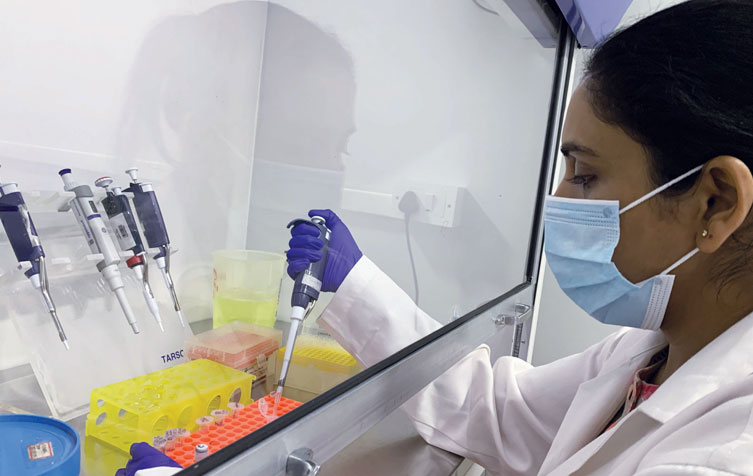
From supporting India’s freedom struggle by funding the initiatives of Gopal Krishna Gokhale and Mahatma Gandhi to instituting a chair for research into causes of poverty at the London School of Economics, Sir Ratan was a philanthropist at heart. Established in 1919, the Sir Ratan Tata Trust (SRTT) is one of India’s oldest philanthropic organisations, empowering marginalised communities of the nation by funding basic and advanced education, primary and preventive healthcare, rural livelihood and communities, art and culture, and public initiatives.
Sir Dorabji also set up the Lady Tata Memorial Trust, in his wife’s memory, towards research on leukaemia. The Lady Meherbai D Tata Education Trust was formed to offer scholarships to women graduates engaged in social work, social science, public health, and welfare of women and children. The Navajbai Ratan Tata Trust was formed in 1974 in memory of Sir Ratan Tata’s wife Navajbai. JRD Tata established trusts in his and his wife, Thelma’s name. Today, all these trusts work in a focused and integrated manner under the unified banner of Tata Trusts, carrying out their mandate to improve the socio-economic progress of the country.
A new ecosystem of philanthropy
Looking at India through the years, Tata Trusts has constantly evolved with the changing needs of society and rising developmental challenges of the country. In 2014, Mr Ratan N Tata, Chairman Emeritus, Tata Sons, and Chairman of Tata Trusts, felt that a refocus was required to make the philanthropic endeavours of the Trusts more meaningful and dynamic, keeping in mind the many changes in the environment. To ensure that the benefits of the interventions were far-reaching, he redefined the strategy and approach of the operational framework of the Trusts, by designing a five-point agenda: enhanced scale, measurable impact, a finite period of support to projects, self-sustainability of projects, and benchmarking with global peers and best practices, a part of which includes deploying technology. What remains unchanged, however, is its underlying vision — enhancing the lives of the people it serves.
Implementing nearly 80%of the programmes directly, today, the Trusts takes a lot more ownership of programme outcomes. “Under Mr Tata’s guidance, we have moved from being predominantly a grant-giving Trust to also directly implementing the programmes our grants support. We are designing, piloting, and running the programmes and bringing in the power of innovation, digital capabilities, and new-age technologies to keep them relevant, increase their effectiveness, amplify their impact, and create sustainable institutions that will last for many years even after we exit,” says Srinath Narasimhan, Chief Executive Officer, Tata Trusts, who superannuated in October 2022. . The Trusts has expanded to a core 600-member team, and its numbers swell to 2,000 when other partner organisations are considered.
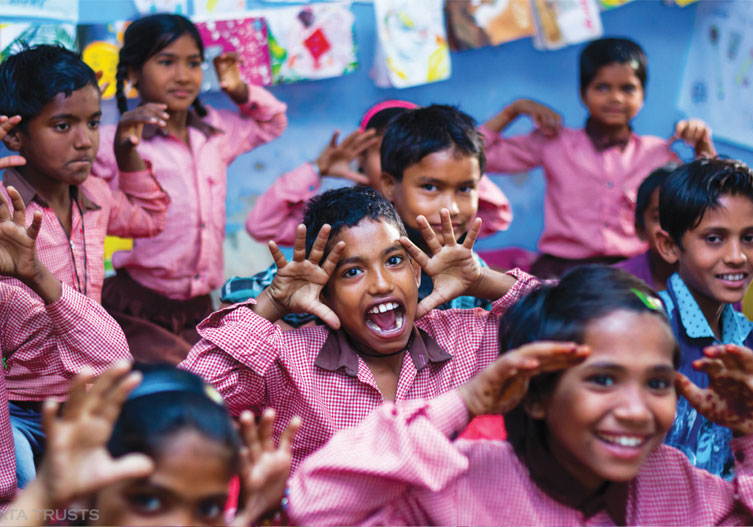
"We are seeing a need to connect the programmes with the environment be it financial inclusion, market linkages, aligning the community at large through behaviour change communication or advocacy," - N Srinath, former CEO, Tata Trusts
The Trusts, with its initiatives and interventions aligned with the 17 Sustainable Development Goals of the United Nations, is now following an end-to-end approach, connecting the entire ecosystem for a deeper impact. Towards this, the Trusts has now chosen to focus on multi-thematic interventions. “For example, better nutrition in a family means better health, better livelihood opportunities and better education for the children of the family. So, we interlink these themes to improve the lives of our beneficiaries in an all-encompassing manner,” says Mr Srinath.
“We are seeing a need to connect the programmes with the environment, be it financial inclusion, market linkages, aligning the community at large through behaviour change communication or advocacy,” he adds. It has also helped set up institutions to implement community-run programmes with the ultimate objective of making them self-sufficient once they reach a level of maturity. “Sometimes this process takes up to 7 to 10 years, and we are willing to stay the course,” he states.
Working extensively with the Centre and state governments to enhance their interventions and to create scalable and sustainable impact, the Trusts in partnerships with like-minded international and domestic philanthropies and corporate social responsibility (CSR) donors like the Bill and Melinda Gates Foundation, Procter & Gamble, HDFC Bank, Indian Oil Corporation Ltd, Bharat Petroleum Corporation Ltd, to name a few, as well as a strong network of NGOs, is reaching out to people in the most far-flung parts of India.
Towards a sustainable future
The Trusts’ health interventions focus on improving patients’ access to care, including doctors and healthcare infrastructure, and on the adoption of technology to solve major health challenges like cancer, tuberculosis, malaria, and infant and maternal health which plagues India’s disadvantaged communities. In 2020-21, the health initiatives benefitted 15.9 million people across India. A case in point is the Trusts’ Distributed Cancer Care Model.
India has an increasing burden of cancer, with over 1.4 million cases reported every year. The Trusts is working on a Distributed Cancer Care Model across India, whereby patients can have access to a cancer care facility within a three-hour journey from their homes. Bikas Sarma from Assam, who earlier undertook a 3,000km journey to Chennai for treatment, is a beneficiary of the Assam Cancer Care Foundation, a partnership between the Trusts and the Assam government. The Tata Trusts has set up seven hospitals, with 10 more under development, in the state to create capabilities for high quality and affordable cancer care in northeast India.
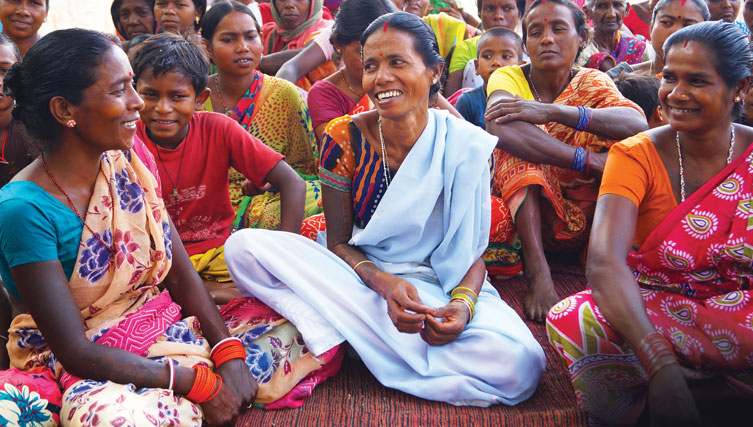
In 2015, the Tata Trusts launched the Tata Water Mission (TWM) programme to build sustainable solutions around water as even today, villages and communities of India do not have access to safe drinking water, sanitation, and hygiene, including menstrual hygiene. TWM currently covers 6,000 villages across 15 states and has benefitted around 4.10 million people.
Undernutrition and micronutrient malnutrition in children, adolescents, and women of reproductive age continues to be a major challenge in India. 35.5% of children below five years of age are stunted (short for their age) and 19% of them wasted (have low weight). Tata Trusts’ nutrition initiative is trying to solve this problem. It has a three-pronged integrated strategy to fortify food (oil, rice, wheat, milk and salt) with iron and vitamins, strengthen the existing infrastructure like anganwadi centres, and increase advocacy among stakeholders. Implemented in Maharashtra, Andhra Pradesh and Rajasthan, the programme intends to reach out to 4.8 million individuals including children and pregnant women and lactating mothers.
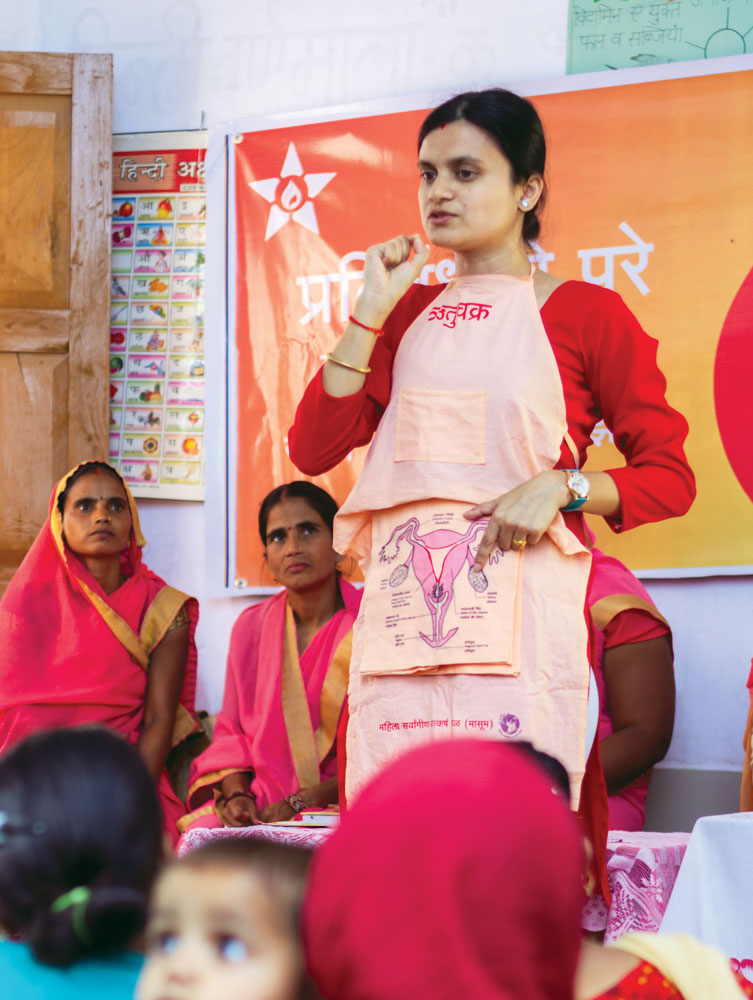
Over two-thirds of India’s population lives in rural and semi-rural areas, leading a life of subsistence due to poor crop yields and low incomes. Tata Trusts’ end-to-end interventions in agriculture are helping them to break the cycle of poverty through integrated community-based interventions focusing on modern farming practices, water management, soil conservation, livestock and animal husbandry, market linkages, crafts, and more. These efforts have benefitted nearly 800,000 households across 90 districts in India. One such initiative, the Lakhpati Kisan project, is equipping tribal households with the means and knowledge to improve their agricultural and allied practices. The programme aims to enable 100,000 people to earn at least Rs 120,000 annually. The project has touched 106,185 households across 800 villages in the states of Odisha, Jharkhand, Gujarat and Maharashtra.
Harnessing technology to address the country’s multiple development challenges, the Trusts has set up the Foundation for Innovation and Social Entrepreneurship (FISE), which under the brand, Social Alpha, is enabling social sector start-ups in their lab-to-market journey by helping them create high quality, commercially viable, accessible and affordable solutions. The MRI machine is one such invention. The others being a portable refrigerator to aid in the last-mile delivery of vaccines, solar-powered pumps for farmers, and more. Since its inception, it has built 13 innovation platforms, managed 20 accelerators, and nurtured more than 150 start-ups.
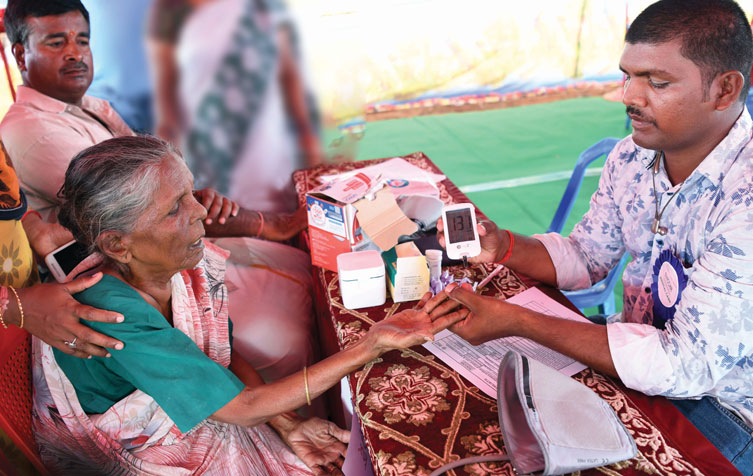
To bring technology to the rescue of issues involved in treating communicable diseases like tuberculosis, Tata Trusts has set up the India Health Fund. Under this fund, one of the companies supported by Tata Trusts has come up with the capability to use artificial intelligence to read X-rays for the diagnosis of tuberculosis, thereby reducing the dependency on X-Ray technicians for diagnosis and helping a large number of patients even in the country’s remotest areas. More than 800 growth-stage innovations have been screened, and 10 innovations, relating to the detection of communicable diseases, have been funded to bolster healthcare systems.
Tata Trusts’ Education portfolio strives to provide equitable access to high-quality learning for all, especially those from marginalised backgrounds. Benefitting children in the 3-18 age group, the portfolio’s emphasis is on bringing back adolescent dropouts into the mainstream, imparting teachers’ training, and modernising curricula using technology. Its efforts have benefitted four million people.
The Trusts is also working towards restoring and reviving India’s culture and heritage and, in the process, creating sustainable livelihoods for the artists and artisans. From restoring heritage buildings, artefacts, museums, to strengthening craft-based livelihoods and introducing technological interventions in all its efforts, Tata Trusts is giving a much-needed impetus to the sector.
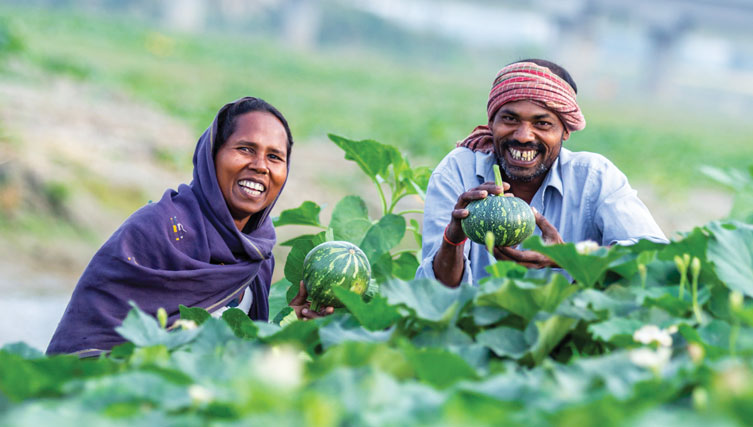
Tata Trusts’ India Climate Collaborative (ICC) is aimed at scaling up efforts by philanthropies to combat climate change in India. The initiative’s agenda is to solve critical gaps in the ecosystem, like insufficient and misdirected funding, weak societal awareness, and inadequate research and data. Through the combined efforts of global and domestic funders and partners, ICC has come up with the country’s first climate risk atlas, an investor toolkit for investing in nature-based solutions. With 30+ domestic and international philanthropic partners and 100+ technical and implementation partners, 25 fundable climate action opportunities have been created.
Continuing its legacy of building pioneering institutions that are exceptional centres of learning, research and intellectual capital for the country, Tata Trusts has entered into several collaborations. By setting up centres like the Tata Centre at the Massachusetts Institute of Technology in the US (2012), the Tata Centre for Technology and Design at IIT-Bombay (2014), the Tata Centre for Development at University of Chicago (2015), and the Tata Institute for Genetics and Society (2017), the Trusts is bringing together multi-disciplinary expertise to develop and design advanced technological solutions for some of India’s most pressing socio-economic challenges.
130 years later... 2022
In the 75th year of independence, Prime Minister Narendra Modi announced his vision of a developed India@100. The Tata Trusts — through its widespread and technology-enabled interventions in spheres like health, cancer care, nutrition, education, livelihood, water and sanitation — is striving to make a tangible difference in the lives of the disadvantaged communities, thereby helping India reduce socio-economic inequalities for the overall progress of its 1.46 billion people.
Tata Trusts' Timeline
- 1892: The JN Endowment for the Higher Education of Indians
- 1919: Sir Ratan Tata Trust
- 1923: Bai Hirabai JN Tata Navsari Charitable Institution
- 1932: Sir Dorabji Tata Trust
- 1932: Lady Tata Memorial Trust
- 1932: Lady Meherbai D Tata Education Trust
- 1944: JRD Tata Trust
- 1974: Jamsetji Tata Trust
- 1974: Navajbai Ratan Tata Trust
- 1975: Sarvajanik Seva Trust
- 1990: Tata Education Trust, Tata Social Welfare Trust and RD Tata Trust
- 1991: JRD and Thelma J Tata Trust
- 2008: Tata Education and Development Trust
- Arushi Agrawal




